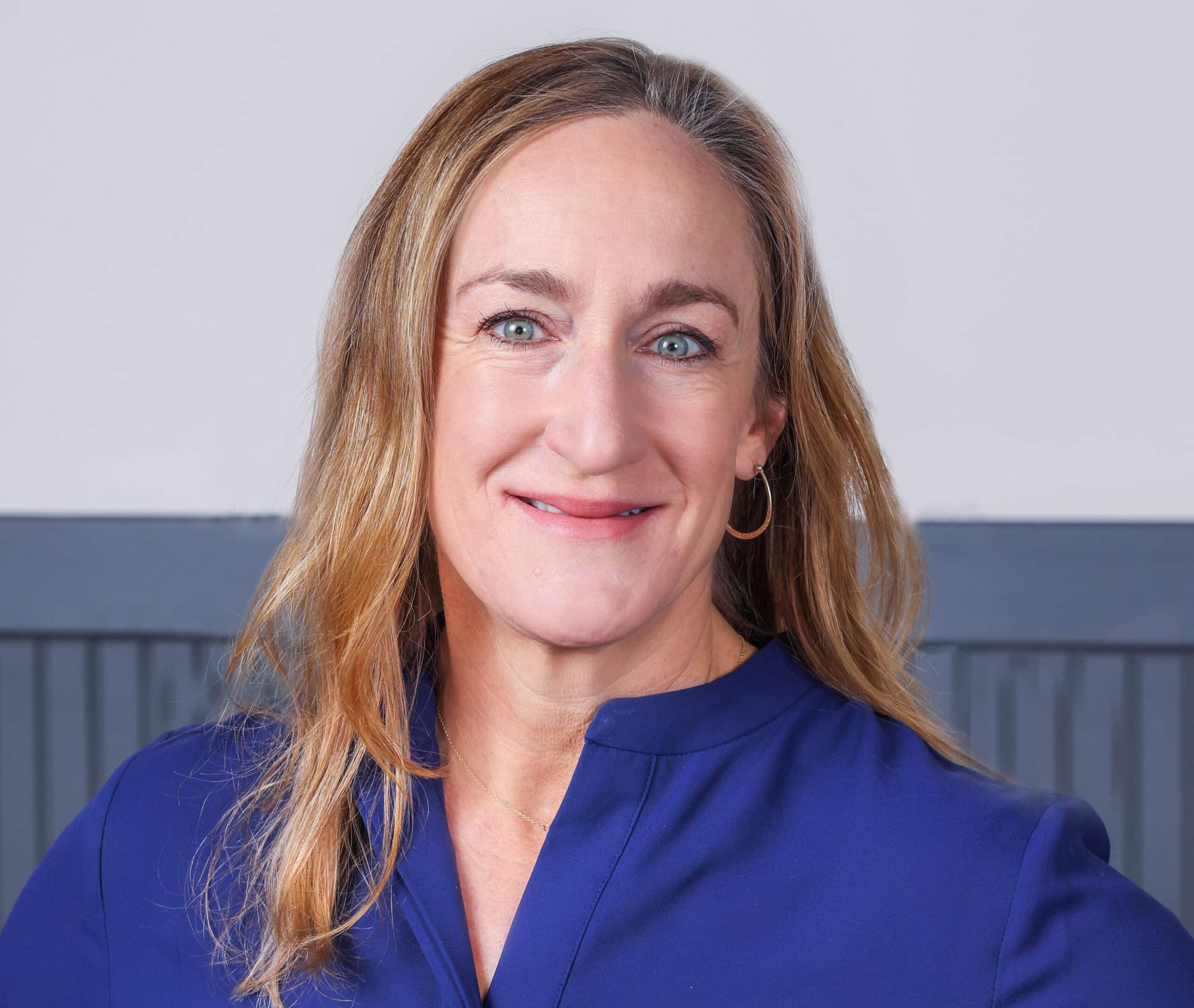What you’ll learn below:
- The ways in which O&G’s traditional alliances are shifting
- Why you’ll be required to explore partnerships with unconventional allies
- Where to expand your alliances—and your thinking about what allies are for
Intro
Oil and gas companies have been caricatured—sometimes accurately—as forming alliances exclusively with Republicans and business interest groups. But over the past 10 years, oil and gas companies have reliably broadened their engagement, building novel alliances with shareholder activists, academics, labor, and pro-energy Democrats. Today, however, even this broader set of alliances is too limiting to position oil and gas companies for the new wave of decarbonization permitting and projects. Below you’ll see how shifting your alliances will help you and your company thread the needle between ESG pressure and anti-ESG opposition.
Both of these things are true:
- Oil and gas companies have historically been very cautious about creating new alliances.
- Because of the evolving alliance landscape, today’s companies need to keep their friends close and frenemies closer.
The situation
Among the dynamics scrambling the world of alliances, our team at Adamantine is following these trends closely:
- The clash between ESG and anti-ESG pressures in communities and politics
- The marriage between oil and gas skill sets and many clean-tech innovations (and resistance from some shortsighted eNGOs to this marriage!)
- The need for permitting reform to enable building … anything
- The flow of federal money into hubs and projects (very motivating!)
- The community benefits agreements in the works to support companies’ environmental justice engagement with communities on federal projects
- Next-level NIMBYism, in which otherwise disparate groups come together to stop something they all oppose
These dynamics are playing out in ways both expected and unexpected. Here’s what you need to know:
Traditional O&G alliances are evolving to include competitors. Old partnerships are taking on novel twists. University collaborations with industry are coming in new flavors, inspired by—among other things—Department of Energy grants. For example, the HyVelocity Hub brings together GTI Energy, the Center for Houston’s Future, the University of Texas at Austin, and numerous companies including Exxon and Chevron to advance hydrogen in the Gulf Coast. Technology innovations inspire other efforts, such as BlockChain for Energy, a consortium that includes several energy companies and the University of Wyoming and focuses on leveraging blockchain technology to drive oil and gas industry transformation.
New value chains mean new partners for projects that might have once been perceived as threats. As oil and gas companies look to lithium extraction, Exxon has reportedly talked with automakers including Tesla, Ford, and Volkswagen about supplying lithium for electric vehicle batteries. All Nippon Airways, Japan’s largest airline, announced a carbon dioxide removal credit purchase agreement with Oxy subsidiary 1PointFive. In July, Chevron’s Renewable Energy Group and Bunge, an agribusiness, acquired a seed business in Argentina to meet the demand for low-carbon feedstocks.
Decarbonization will spur regional collaborations. Oxy is supporting Houston’s Ion innovation hub, which includes founding members United Airlines Ventures and Woodside Energy. More than a dozen companies have come together to explore large-scale carbon capture and storage in the Houston area. The Tulsa Innovation Lab fosters energy-centric efforts with both legacy and new energy companies.
Communities will be your co-creators, not passive nor hostile hosts. Changing environmental justice requirements and expectations will inevitably create new alliances. Consider the South Texas Direct Air Capture Hub, for which selectees (including 1PointFive) will establish a citizen advisory board to ensure meaningful community engagement amid development. ConocoPhillips is hosting community meetings in Alaska for its Willow project and creating a values and interest assessment process with indigenous communities near its Canadian operations; such processes can result in formal agreements.
Potential opponents are creating unconventional alliances, too. For instance: Environmental justice activists and conservative suburban and rural communities around Lake Maurepas in Louisiana came together in June to show concern about a carbon capture and sequestration project. In Iowa, former Republican congressman Steve King, liberal activists, and conservative landowners are opposing a planned CO2 pipeline in the state. In addition to carbon capture and sequestration, offshore wind projects face opposition from the Pentagon and East Coast residents and activists. Will they also join forces?
Seize the day
Some steps to take advantage of the opportunities for and risks of novel alliances around you:
- Think big and look in new places. Our successful clients are thinking five years ahead—about the directions their potential projects might be headed and who might stand to gain or lose. Start thinking about building the relationships you need well before you need them.
- Consider floating alliances. Companies will have allies in one arena that might be their sworn enemies in another. That’s just the way it is now! This means companies must be flexible and understand that their interests may align with another organization’s on an offshore wind project but diverge when it comes to their traditional operations. Expecting full alignment with allies across projects and operations is a fool’s errand.
- Identify risks. Not every historically successful alliance will bring success today. In fact, some may hinder your work on novel projects or in new areas. Regularly audit your company’s alliances to understand where they may be holding you back.
- Take stock of the baggage you bring to alliances. In today’s fraught political environment, organizations and communities are often taking a big risk by teaming up with a historic oil and gas company. Be sensitive to what your partners need to show their stakeholders that they aren’t “shills for the industry.” Plan to give more than you ask for.
At Adamantine, we help clients identify the opportunities that will take their real sustainability strategies to execution. Reach out to learn how to take advantage of the potential collaborations around you. Thank you to Adán Rubio for his writing contributions to this Both True.
To new friends and frenemies,
Tisha

